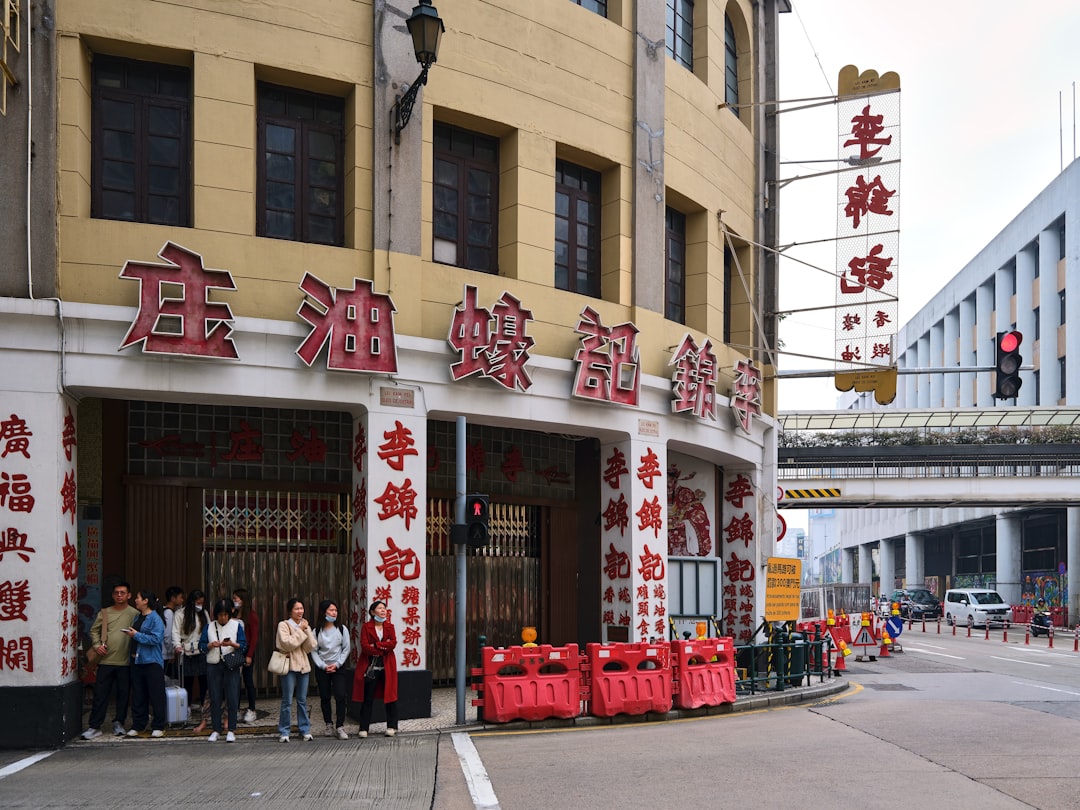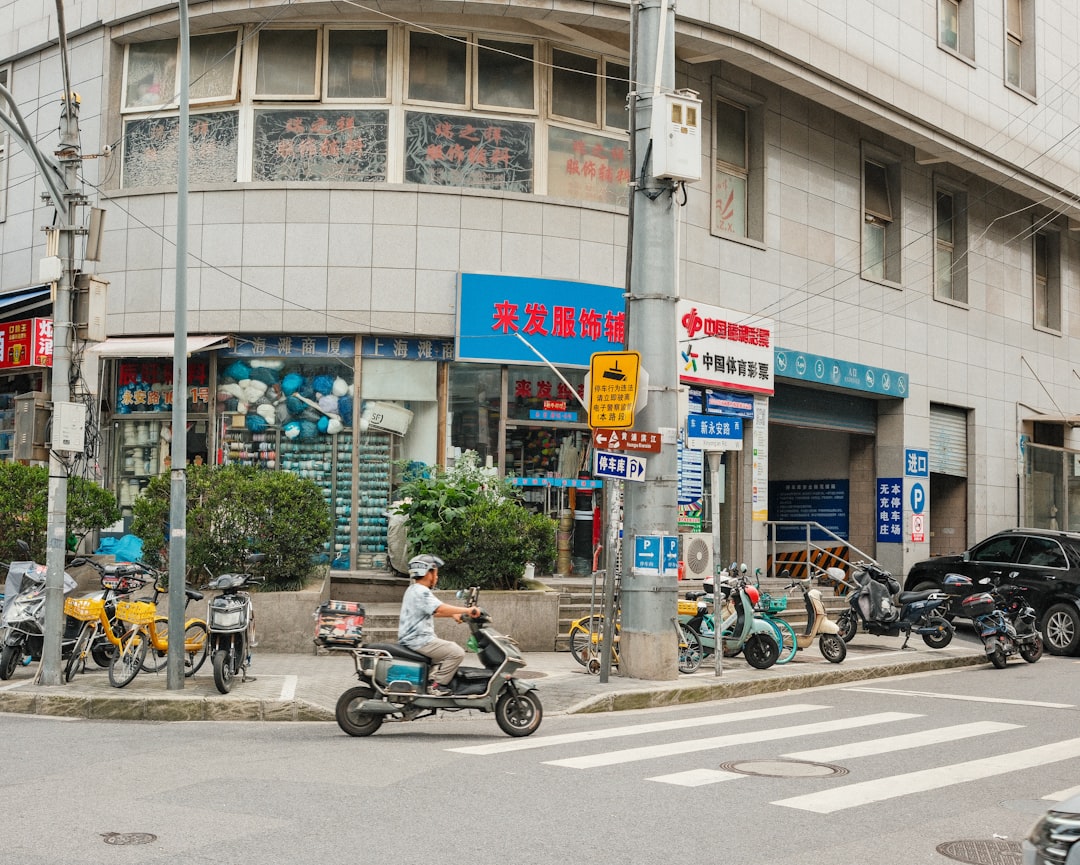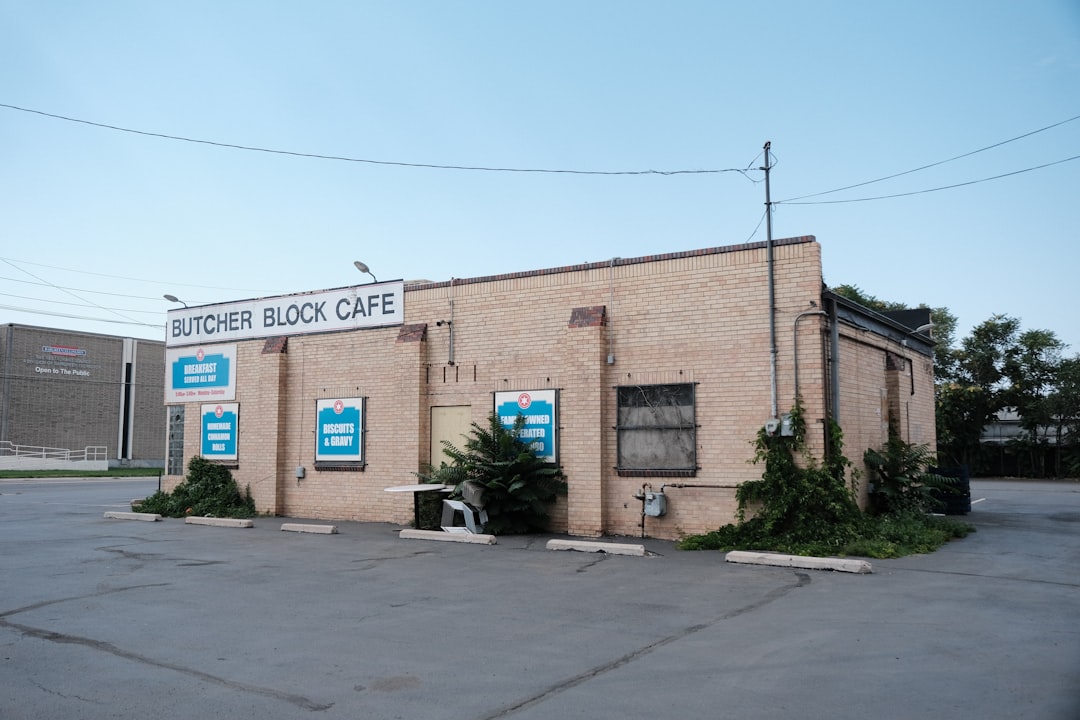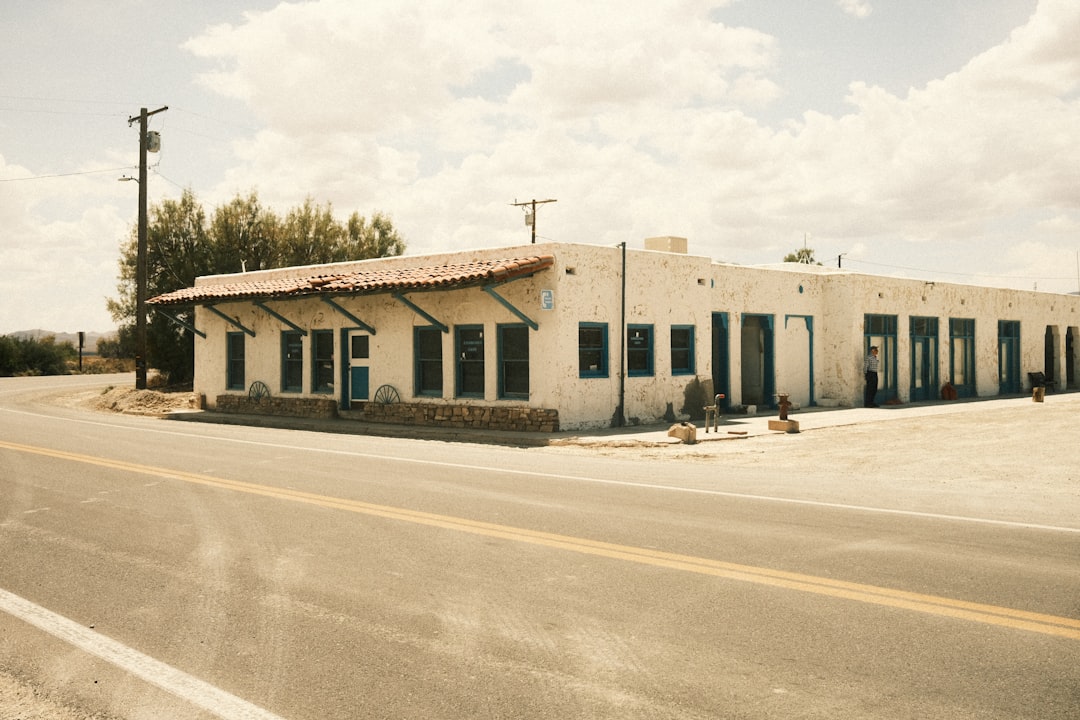

Engage prospects with a scan and streamline customer engagement with FREE QR code marketing tools by Sona – no strings attached!
Create a Free QR CodeFree consultation

No commitment

Engage prospects with a scan and streamline customer engagement with FREE QR code marketing tools by Sona – no strings attached!
Create a Free QR CodeFree consultation

No commitment
Across the used plumbing supply store sector, competition is rising and customer expectations are evolving. Shoppers and contractors alike demand convenience, transparency, and instant access to information, whether that means confirming inventory availability or locating sustainable plumbing supplies. Traditional methods like printed inventory lists, generic signage, and paper discount coupons still dominate the in-store landscape, but these tools often fail to connect physical visits with digital engagement opportunities. Missing out on high-value prospects who browse but never identify themselves can result in lost opportunities and less effective marketing.
QR codes have become a practical, high-impact way for used plumbing supply stores to modernize the customer journey. They streamline store operations, enable real-time access to used plumbing fixture details, and facilitate data-driven marketing strategies, making it much easier to surface engagement signals that often go undetected when traffic remains anonymous. With a simple scan, customers can check product specifications, see installation videos, or review sustainability certifications, all without a time-consuming search or manual staff intervention. This reduces frustration and frees up valuable employee resources.
This article demonstrates how to leverage QR codes as a key digital bridge. By embedding QR codes in your physical store environment and printed materials, you will address common industry pain points such as incomplete data on in-store engagement and inefficient follow-up with interested buyers. We break down proven strategies, use cases, and expert insights from store leaders who are transforming operations with QR technology. We also show how platforms like Sona QR and Sona.com help you build a connected funnel from scan to revenue.

QR codes bridge the gap between store floors and digital resources, empowering used plumbing supply stores to deliver fast, relevant, and measurable customer experiences, even when visitors choose not to fill out a form or share their contact details upfront. They replace outdated, analog touchpoints like printed inventory sheets, paper coupon books, and manual sign-up sheets with a single action that works on any smartphone. This shift turns one-way signage into interactive, trackable moments that inform better merchandising and follow-up.
Think of QR codes as a lightweight operating system for in-store engagement, as outlined in qr codes in marketing. Instead of asking staff to field every technical question, a scan can load a spec sheet, show installation basics, or trigger a hold request. Instead of relying on a clipboard for loyalty enrollment, a scan can start a pre-filled form that syncs directly to your CRM. These changes reduce friction for buyers and reclaim time for your team without sacrificing service quality.
By deploying QR code solutions tailored for the realities of used plumbing supply stores, operators can tackle core challenges like low conversion on high-intent visits and limited visibility into in-store engagement. Modern platforms now enable managers to design, deploy, and measure high-impact QR campaigns from one place, ensuring every scan is both seamless for customers and valuable for the business.

Used plumbing supply stores juggle fast-changing inventory, a mix of DIY and trade buyers, and rising demand for contactless, sustainable options. This complexity makes it difficult to maintain accurate signage, offer consistent support, and capture insight about what each visitor needs. Traditional tools often fall short, especially when it comes to measuring which products and offers truly drive interest.
QR codes solve these challenges by making information and actions instantly accessible from the aisle, the checkout counter, or a take-home flyer. A customer who is considering a reclaimed faucet can scan for specs, compatibility notes, and eco-certifications. A contractor pricing a project can scan to check stock, submit a quote request, or save a store contact. Each scan turns a fleeting moment of curiosity into a data point and a potential next step. See contractor best practices for additional tactics.
By turning every physical surface into a digital entry point, QR codes help used plumbing supply stores reduce missed connections, serve customers faster, and learn what drives conversion.
Different goals call for different QR formats. Used plumbing supply stores benefit most from formats that provide product context, enable quick actions, and facilitate ongoing communications with trade partners and homeowners.
When inventory and offers change frequently, dynamic QR codes are essential. They let you update URLs and track performance across campaigns without reprinting labels or signage. With Sona QR, you can create all of these formats, manage them centrally, and measure scans by placement, device, and time.

The best QR placements align with moments of decision, curiosity, or checkout. Used plumbing supply stores have many physical touchpoints where scanners are ready to act, and each scan can drive both service quality and measurable marketing outcomes.
In-store placements convert idle browsing into action. On-shelf tags and bin labels are natural locations, because customers are already inspecting form factors and comparing alternatives. Counter signage can prompt loyalty enrollment, digital receipts, and survey responses while the experience is fresh. When shoppers leave the store, take-home materials like flyers keep the relationship active and measurable.
Each placement turns a traditional touchpoint into a measurable trigger. Over time, these triggers add up to a clearer picture of demand, conversion bottlenecks, and profitable audience segments.

QR code use cases should align with common interactions inside a used plumbing supply store. The most effective ones shorten the distance between interest and action while capturing data you can use to personalize follow-up and inventory decisions.
These three use cases can run concurrently on the same aisle. One product tag can offer specs, a second code can present a current clearance incentive, and a third can showcase sustainability credentials. Together, they create a richer experience that drives both conversion and insight.
Every scan is a data point that describes who is interested, where they engaged, and what they want. By deploying distinct codes across the buyer journey, you can transform anonymous foot traffic into segmented audiences ready for relevant outreach. This is especially important in used plumbing supply, where buyers include homeowners, contractors, landlords, and maintenance teams with very different needs and timelines.
Segmentation starts with intent signals. A scan on a clearance tag indicates price sensitivity, a scan on a reclaimed fixture’s eco-page suggests sustainability priorities, and a scan on a hold request form implies near-term purchase intent. Capture these signals and sync them to your CRM to automate follow-ups that fit each segment. For retargeting tactics, see Sona’s Playbook on intent-driven campaigns.
By aligning codes to journey stages, actions, and locations, you create a robust dataset that supports precise retargeting and smarter merchandising decisions.
QR codes function as connectors across your marketing channels. They help you measure print, tie in-store behavior to digital campaigns, and reduce friction in moments where typing a URL is inconvenient. For used plumbing supply stores, this means you can attribute revenue to offline materials and optimize your mix with confidence.
A connected funnel often starts with a scan in-store or on a flyer, continues with a follow-up email or retargeting ad, and ends with an online order or in-person pickup. Each touch can be measured and optimized, enabling you to reallocate budget toward proven placements and messages.
With Sona QR, you can manage these codes centrally, monitor performance by channel, and sync scan data with your CRM and ad platforms, ensuring that offline engagement flows into your digital marketing engine.
A successful QR initiative combines clear business goals, smart placements, strong creative, and rigorous measurement. Use the following steps to plan, launch, and optimize your campaigns in a used plumbing supply environment.
Start by defining a single, specific outcome for each code. Examples include scan to view stock for a category like vintage faucets, scan to request a hold on large sinks, scan to claim a reclaimed-materials discount, or scan to submit a bulk quote for copper pipe. Tie each outcome to a metric you can measure, such as scans, form submissions, coupon redemptions, or holds.
Select the format that fits your goal. Static codes work for evergreen destinations such as a store hours page or a general contact page. Dynamic codes are ideal for anything you want to track, edit, or personalize over time, including inventory pages, promotions, and forms.
Good design drives scans. Place your code in a clear frame, add your logo, use high contrast, and include a benefit-driven call to action that tells shoppers exactly what they get by scanning.
Roll out your codes on the touchpoints that support your growth plan. In-store placements include shelf tags, endcap signage, price labels, checkout counters, and loading bays. Off-site placements include direct mail, trade show handouts, business cards, and vehicle decals.
Measurement turns scans into outcomes. Track scan volume by placement, time, and device. Monitor conversion rate from scan to the intended action. Use these insights to tweak positioning, CTAs, offers, and destination content.
Knowing that a QR code was scanned is only the starting point. Store leaders need to follow the journey from scan, to site visit, to inquiry, and ultimately to sales, so they can invest in placements and messages that produce measurable returns. Without attribution, it is difficult to prove what moved the needle and which audiences are worth nurturing.
A modern analytics stack should attribute revenue to QR-driven actions and surface patterns you can act on. This includes capturing the context of each scan, connecting scans to downstream conversions, and unifying fragmented touchpoints across buying stages. Sona QR and Sona.com work together to provide this complete picture, turning raw scan data into marketing intelligence. For deeper strategy, see Sona’s guide to offline attribution.
When you can see which codes, placements, and offers drive sales, QR campaigns become a reliable growth lever rather than an experiment.
Scaling QR success is about consistency, clarity, and data hygiene. Focus on making scans useful, easy, and traceable. Then automate follow-ups based on what each scan reveals about buyer intent. These steps reduce missed opportunities and improve the customer experience at the same time.
Start by standardizing your approach. Use distinct codes for each placement and campaign, structured naming conventions for reporting, and landing pages that match the promise of the CTA. Train staff to introduce QR interactions and highlight customer benefits like faster answers and instant savings. For why measurement matters, read Sona’s take on revenue attribution.
A creative example for this vertical: Affix a QR-enabled loyalty card to each paper receipt. Scanning the card enrolls the customer in a points program and connects future receipts to their profile, making repeat visits visible even when buyers pay in cash.

Stores across the category are using QR codes to modernize operations and surface intent signals that used to disappear, like Balkan Plumbing. A common thread is turning passive materials into active gateways, then acting on the data with timely, relevant follow-up.
Consider these examples as templates you can adapt to your market and inventory profile. Even modest deployments can yield outsized insight and lift when the codes are tied to valuable actions and cleanly instrumented.
Experts consistently observe that QR adoption, when paired with dynamic links, inventory tracking, and integrated analytics, boosts loyalty and conversion. The reason is simple, because scanning reduces friction, gives buyers confidence, and gives stores the data they need to follow up effectively.
Even strong QR programs can underperform if codes are hard to find, destinations are not mobile friendly, or analytics are not integrated. Avoid these common traps by building reliable, consistent experiences that reward scanners with helpful content and fast actions.
Make QR interactions part of your service culture. Staff should reference codes during conversations, signage should advertise the benefit clearly, and landing pages should deliver exactly what the CTA promises. Over time, customers will come to expect QR-enabled convenience in your aisles; see this QR tech overview for broader context.
A frequent mistake to avoid: relying on a single universal QR code across the entire store. This approach prevents you from learning which products and placements drive engagement. Distinct codes by product category, offer, and location enable attribution, personalization, and better inventory decisions.
QR codes are transforming used plumbing supply stores by turning every display, flyer, and fixture tag into an interactive, data-rich touchpoint. With each scan, operators gain crucial visibility into anonymous foot traffic, high-value prospects, and previously hidden engagement signals, addressing long-standing pains like lost opportunities and incomplete CRM records. Customers benefit from instant answers and simpler actions, while staff reclaim time for higher-value service.
By integrating QR campaigns across your store and marketing channels, you improve convenience and capture actionable data that powers smarter retargeting, higher conversions, and sustainable growth. Start with a few high-impact placements, choose dynamic codes for flexibility, and connect your analytics to see scan-to-revenue impact clearly. With Sona QR for creation and tracking, and Sona.com for attribution and journey analytics, you can generate your first codes in minutes and manage the entire funnel with confidence. Start creating QR codes for free.
Used plumbing supply stores can revolutionize customer engagement and operational efficiency through QR codes. By seamlessly linking customers to detailed product information, installation guides, and exclusive offers, QR codes not only enhance the buying experience but also drive repeat business and customer loyalty. Imagine customers quickly accessing inventory details or warranty registrations with a simple scan—streamlining support and boosting satisfaction.
With Sona QR, you gain the power to create dynamic, trackable QR codes that update instantly without the need to reprint labels or signage. This flexibility allows your store to respond to changing inventory, promotions, or safety information in real time while capturing valuable data on customer interactions. Turn every scan into actionable insights that connect directly to your revenue and marketing efforts.
Start for free with Sona QR today and transform your used plumbing supply store into a smart, customer-centric hub where every scan builds stronger relationships and drives sales.
Buying used plumbing supplies offers cost savings, access to sustainable reclaimed materials, and the chance to find unique or vintage fixtures that meet eco-conscious standards.
You can locate used plumbing supply stores near you by searching online directories, visiting local trade or reclamation centers, or checking community listings that specialize in reclaimed or second-hand building materials.
Ensure quality by reviewing detailed product specifications, compatibility notes, and sustainability certifications available through store resources such as QR code scans that link to supplier eco-certificates and installation videos.
Commonly available used plumbing supplies include reclaimed faucets, sinks, copper pipes, valves, and other fixtures that often come with information on sustainability, compatibility, and installation.
QR codes improve customer experience by providing instant access to live inventory details, product specifications, installation videos, sustainability certifications, digital coupons, and easy ways to request holds or submit forms without staff intervention.
Use Sona QR's trackable codes to improve customer acquisition and engagement today.
Create Your FREE Trackable QR Code in SecondsJoin results-focused teams combining Sona Platform automation with advanced Google Ads strategies to scale lead generation

Connect your existing CRM

Free Account Enrichment

No setup fees
No commitment required

Free consultation

Get a custom Google Ads roadmap for your business






Launch campaigns that generate qualified leads in 30 days or less.
